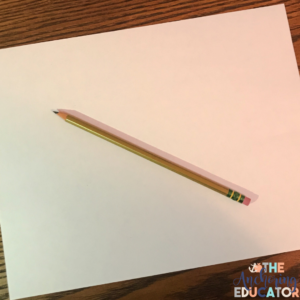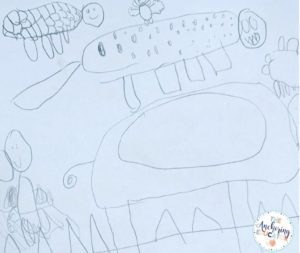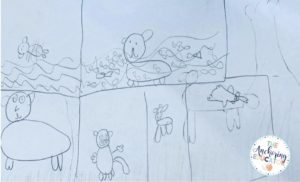This engaging active listening strategy: Listen, then Sketch, is a GLAD visualization strategy. It allows students an opportunity to practice their active listening skills while also supporting comprehension and oral language development. This strategy gives English language learners, struggling readers and passive readers a chance to improve these skills with a very low affective filter.
Benefits
- differentiated
- low affective filter
- strengthens reading comprehension
- opportunities for oral language development
- improves self-esteem
- fosters active listening and learning
- engaging
Preparation
Choose a text related to your unit of study. Keeping your students in mind, decide how you’re going to logically chunk the text. This active listening strategy is flexible, as students strengthen their listening skills, you can increase the amount of text you read to them before having them stop and sketch.
Each student will need a blank piece of paper and a pencil.

Procedure
- Make sure not to show students any visuals from the text, including the title page.
- Read a chunk of the text to students. This can be done whole class or in small groups. Students have their pencils down and are actively listening.
- Once you’ve read the desired amount of text, ask the students to pick up their pencils and begin drawing about what they’ve just heard.
- Give students 2-3 minutes to sketch. Be mindful of our perfectionists. Model what a quick sketch looks like a few times when introducing this strategy.
- After you’ve finished reading and students have finished sketching, students can compare their sketches with a partner.


Discussion Ideas
- Each student takes turns explaining their sketches. Students can also work their way up to explaining their sketches and then giving text evidence for why they included certain things. “I drew a/an ____________ because in the text it said ___________.”
- Students can compare their sketches with the illustrations in the text. This can lead to a lesson on comparing and contrasting or a lesson on how illustrations in a book match the print to aid in comprehension.
Additional Resources
Comment below with questions or thoughts on this strategy!
